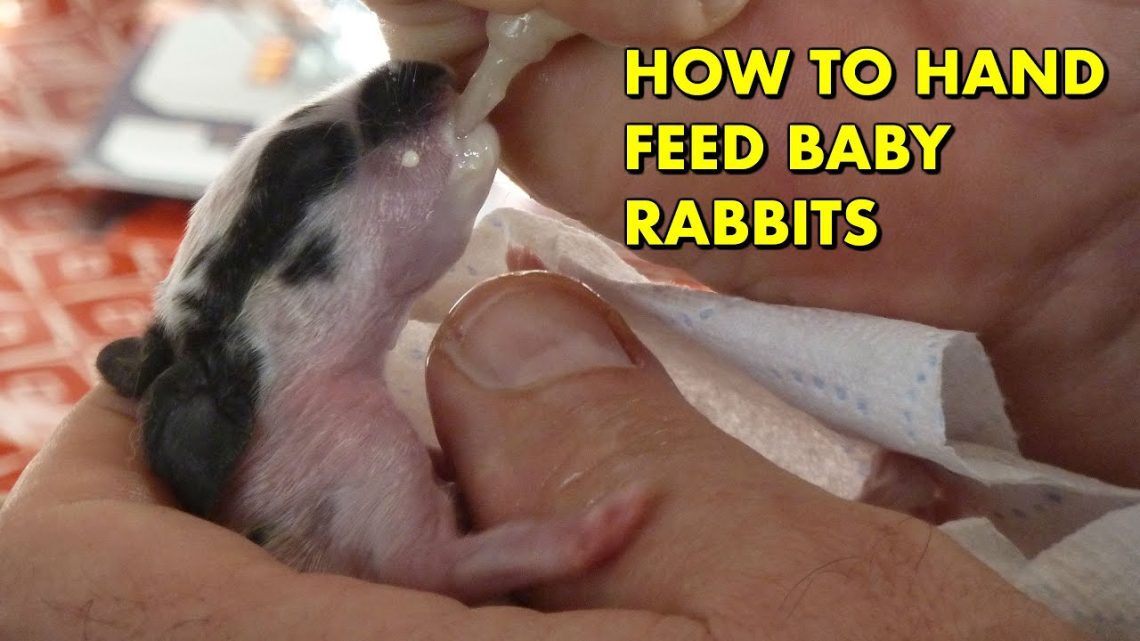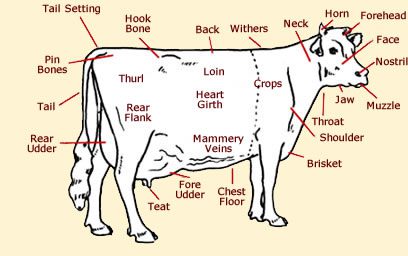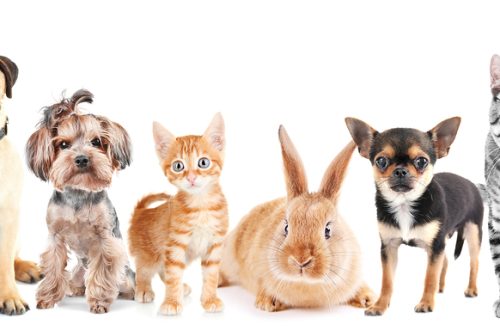
How to feed little rabbits transferred from mother’s milk
Having decided to get fluffy pets, you need to responsibly approach not only their choice, but also know how to ensure proper care and maintenance of rabbits. It doesn’t matter for what purpose you decide to start rabbit breeding, whether for obtaining attractive and fluffy skins or appetizing and healthy meat in terms of taste, you must understand how important the portion of feeding and its selection is. After all, the final result of your aspirations depends on the quality and ability to choose the right food.
Contents
Features of feeding young animals
The stomach of a small animal be constantly filled with food and water, here is the main property of its digestion. Since the small rabbit’s stomach muscles are weak, the food itself cannot move forward. Food that enters the small intestine is broken down and already from the large intestine saturates the body itself. Therefore, a little rabbit needs to be fed, watered and filled with hay often.
The first, second month, little rabbits eat mother’s milk, and therefore it should be saturated with vitamins and minerals useful for the baby. Gradually, you can start pampering the animal with a small bunch of fresh grass or a small portion of dry food, increasing the amount of food, and only later transfer it to hay and compound feed.
Over time, you can diversify the rabbit’s diet and add tree branches to it, preferably fruit, grass, such as, for example, clover, chamomile, plantain, as well as vegetables (carrots, zucchini, pumpkin and other only healthy vegetables).
Some tips for feeding young animals
- If the mother – the rabbit refuses to feed the rabbit, it can be artificially fed with goat’s milk.
- Still blind rabbits should have no more than two feedings per day.
- It is necessary to introduce some new food gradually, without fail, monitoring the condition of the little rabbit.
- After eating, leave in the cage, only water.
- Remove and clean the contaminated cage.
- Give only settled water.
Types of feed
Consider three types of food:
- rough;
- juicy and green;
- concentrated.
Rough feeds
Such feed should be at least, if not more than half of the diet little rabbit. There should be a constant supply of hay, it brings a lot of benefits! If the rabbits consume it with a little desire, then moisten it with salt water. Hay (it is prepared in summer and spring) gives the rabbit the necessary fiber and a feeling of satiety. If the hay is coarse, then it can be ground into flour.
Branch food can only be given to matured individuals, and then with caution. You should add bark and twigs with leaves, trees such as maple, linden, willow, mountain ash.
Eliminate poisonous bushes from the diet of rabbits, for example, such as bird cherry, apricot, wild rosemary – this is poison! In winter, you can and even need to feed rabbits with fresh coniferous twigs (they have a lot of vitamins, essential oils, resins), but you need to add them to food gradually and take breaks in their consumption. Consumption of pine needles well reflected in the appearance of rabbits and improve their appetite.
Juicy and green food
In the spring-summer period, it will not be difficult to fully feed your grown pet, as the grass turns green, green shoots appear, all this will be the main “dish” for the little rabbit. Green meadows with wild grass or specially sown grass will bring rabbits not only healthy food, but also medicinal.
- Herbs that can be sown for the benefit of rabbits are rye, oats, clover (limited), corn, rye, etc.
- The tops of vegetable crops are potatoes, beets, rutabaga.
- Eliminate potato and tomato tops from the diet of pets – this is poison!
- Juicy food, rich in vitamins. These are carrots, cabbage, beets, potatoes, zucchini, pumpkin. Their consumption improves the quality of wool, blood quality, strengthens the immune system.
Concentrated feed
The nutritional and energy value of these feeds is high. Cereals, grains, bran, feed, feed of animal origin, increases the growth and weight of pets. But in everything you need to know the measure, for example, overeating compound feed threatens the rabbit with obesity, especially for adult animals.
Eliminate everything spicy, salty and sweet from the diet of rabbits!
Minerals, vitamins and other useful substances for small pets.
Vitamins – A, B, fish oil should be fed to rabbits in the winter, since not receiving green fodder in cold weather leads to vitamin D deficiency. Ash, chalk, bone meal, mandatory mineral supplements containing phosphorus, calcium.
In conclusion a few rulesthat the rabbit breeder should pay attention to:
- Food for rabbits should be constantly freely available (if necessary, use automatic feeders).
- In winter, the water in the drinkers should be warm and fresh.
- Feed rabbits only high-quality food.
- Give food in the feeders so that the food does not get trampled.
Any rabbit breeder should know that feeding rabbits with healthy products and feed is a guarantee of achieving high results from their own products. Each pet has its own addictions to one or another food over time, but you must teach your fluffy pet to eat right, and then he will grow up strong and healthy.





